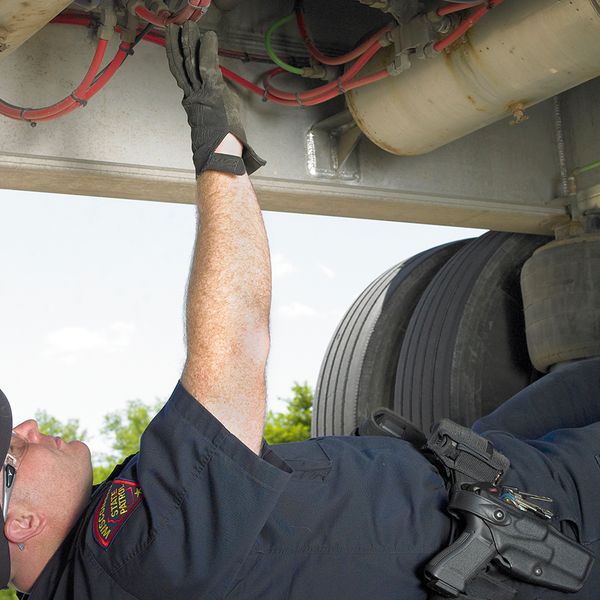FMCSA’s carrier safety rating system may change — again
Federal Motor Carrier Safety Administration (FMCSA) is taking another run at improving the Safety Fitness Determination (SFD) process for carriers operating in or affecting interstate commerce. The Advanced Notice of Proposed Rulemaking (ANPRM) was published in the Federal Register on August 29, 2023. Comments must be received on or before October 30, 2023.
Carriers can review the ANPRM and make comments at the link below:
Federal Register:: Safety Fitness Determinations
The ANPRM is FMCSA’s second attempt to revamp its safety rating methodology, the last time being in 2016. FMCSA withdrew that rulemaking in 2017.
The ANPRM overview
According to FMCSA, the current SFD process is resource-intensive and reaches a small percentage of the over 750,000 active carriers in the United States. Hence, FMCSA’s efforts to shape a proposed rule that effectively and efficiently targets the right carriers.
FMCSA’s ANPRM requests public comments on:
1. The need for a rulemaking to revise the regulations prescribing the safety rating process,
2. The available science or technical information to analyze regulatory alternatives for determining motor carrier safety fitness,
3. Feedback on the agency’s current safety rating regulations, including the process and impacts, and
4. The available data and costs for regulatory alternatives that are likely to be considered.
More specifically, FMCSA requests answers to 12 questions in the following areas:
- The effectiveness of the current three-tier system of Satisfactory, Conditional, or Unsatisfactory.
- Modifications to the current administrative review process, the list of acute and critical violations, and the calculations.
- Whether passenger carrier standards should be higher than those set for property carriers and how.
- The impact of potential SFD changes on states.
- The feasibility of using the Safety Measurement System (SMS) data in the rating of carriers, given that inspection data does not affect the current methodology.
- How driver performance and violation data could be used.
- Whether a carrier’s use of safety technologies should be a factor and how.
The current SFD methodology
The safety rating system’s purpose is to determine when a carrier is not fit to operate. Unfit carriers are shut down until they correct the safety issues.
The SFD is based on an analysis of motor carrier records and data collected during an onsite or remote six-factor compliance review as outlined in 49 CFR part 385, Appendix B, Part VII. The auditor calculates a vehicle out-of-service rate, reviews crash history, and audits the carrier’s compliance with the acute and critical regulations of the FMCSRs and hazardous material regulations (HMRs).
Points are assessed as follows:
Acute regulations. Noncompliance with one acute regulation requires immediate corrective action. For each instance of noncompliance, 1.5 points will count toward that factor.
Critical regulations. A pattern of noncompliance indicates a breakdown of safety management controls (SMC). When at least ten percent of records examined have defects, one point is assessed to that factor.
Exception. Two points are assessed for each pattern of noncompliance with a critical regulation relative to Part 395 - Hours of Service of Drivers.
Each safety factor is then rated as follows:
Satisfactory: If the acute and/or critical = 0 points.
Conditional: If the acute and/or critical = 1 point.
Unsatisfactory: If the acute and/or critical = 2 or more points.
The total number of conditional and unsatisfactory factors are added to determine the safety rating.
| For more information on the current Safety Rating Determination, check out this ezExplanation. |
Key to remember: Carrier feedback is vital to assist FMCSA in determining the most effective proposed final rule.



















































